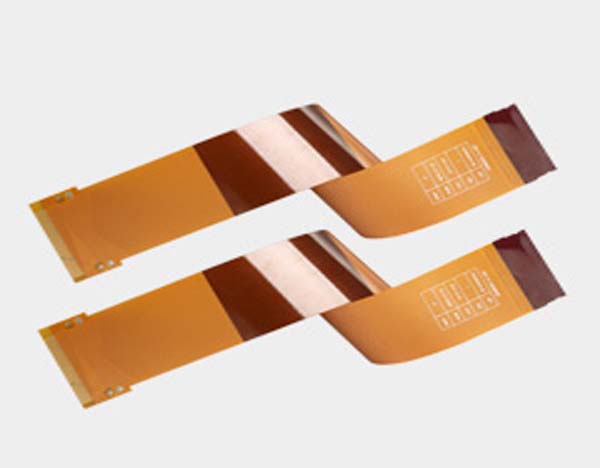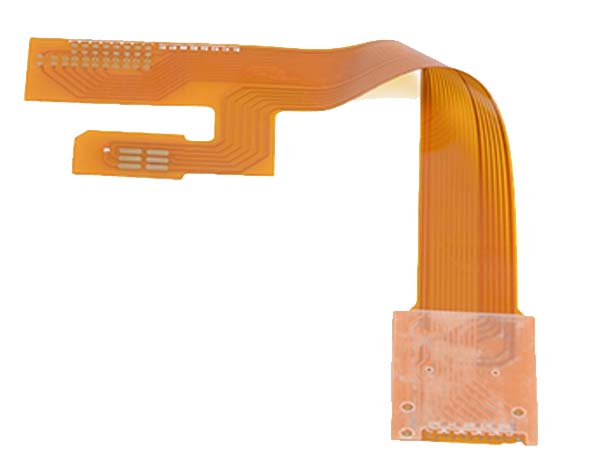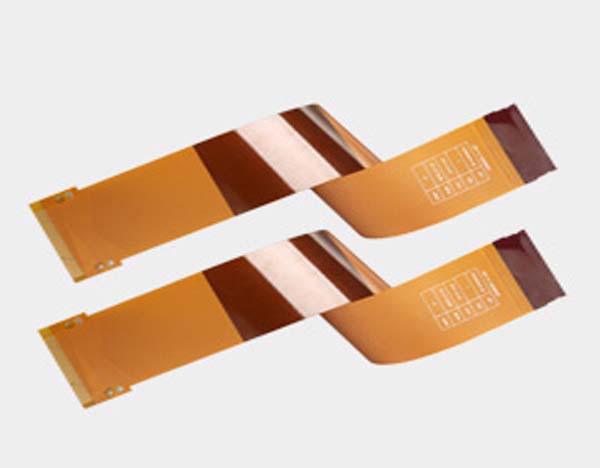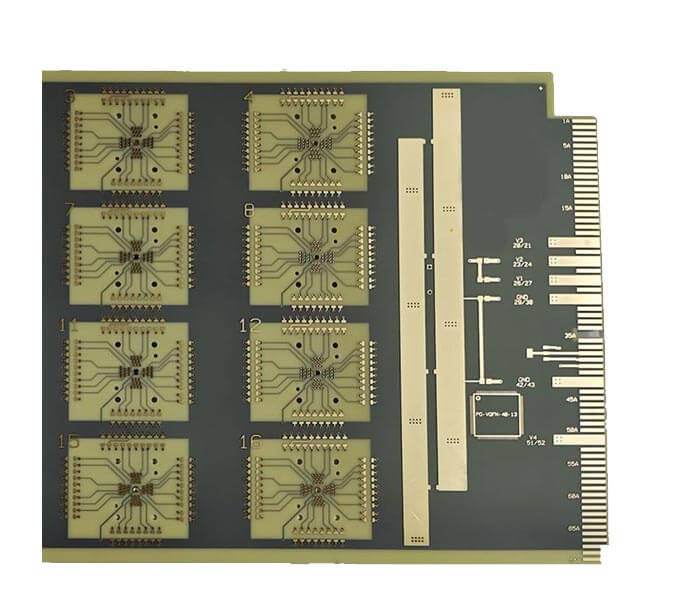Flex pcb resistance
The resistance of a flexible printed circuit board (flex PCB) depends on several factors such as the thickness and width of the copper traces,
the length of the traces, and the material used for the substrate.
Generally, the resistance of a flex PCB is higher than that of a rigid PCB due to the thinner copper traces and the flexible substrate material.
However, the resistance can be minimized by using thicker copper traces and low-resistance materials for the substrate.
The resistance of a flex PCB can be calculated using Ohm’s law, which states that resistance is equal to voltage divided by current.

types of flex pcb resistance
There are two types of resistance associated with flexible printed circuit boards (flex PCBs):
1. DC resistance: This is the resistance of the copper traces in the flex PCB.
It is the resistance that a direct current (DC) encounters when it flows through the traces.
The DC resistance of a flex PCB is affected by the thickness and width of the copper traces, the length of the traces, and the material used for the substrate.
2. AC resistance: This is the resistance of the flex PCB to alternating current (AC).
It is affected by the dielectric constant of the substrate material, the frequency of the AC signal, and the thickness and width of the copper traces.
AC resistance is important for high-frequency applications, such as in RF circuits,
where the impedance of the flex PCB must be carefully controlled to ensure proper signal transmission.

where is the flex pcb resistance used?
The resistance of a flexible printed circuit board (flex PCB) is an important factor in determining the performance of electronic devices.
The resistance of the flex PCB affects the flow of current through the circuit and can impact the overall efficiency and reliability of the device.
Flex PCBs with low resistance are commonly used in high-performance applications such as aerospace, military, medical, and automotive industries.
These applications require flex PCBs that can withstand extreme temperatures, vibration, and shock, while maintaining a stable electrical performance.
Additionally, the resistance of a flex PCB is important in applications where power consumption is a concern, such as in portable electronics, wearables, and IoT devices.
Lower resistance means less power is lost as heat, resulting in longer battery life and improved efficiency.
Overall, the resistance of a flex PCB is a critical factor in the design and performance of electronic devices, and must be carefully considered in order to ensure optimal performance and reliability.







